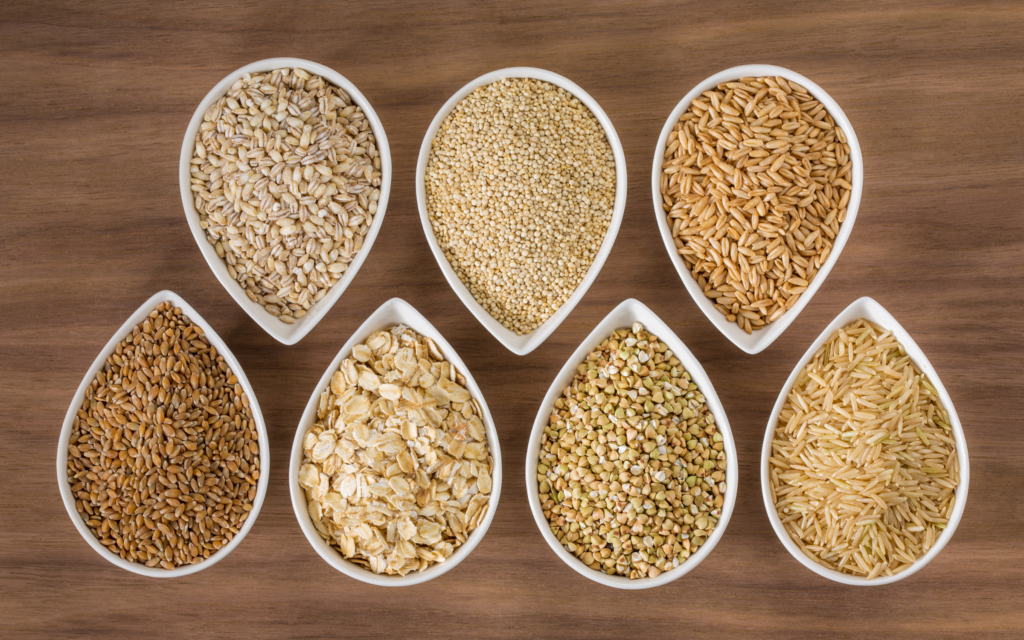Explore different types of grains, from favorite popular grains to under-rated grains that provide different flavors and textures.
The world of grain foods is a wide one, with common grains you may eat every day, and others you may try only occasionally if at all. Sorghum, anyone?
Let’s take a look at some all-time favorites, as well as some lesser-known grains that with easy serving ideas could make their way into regular meal rotation. If you’re hesitant to buy a whole bag of an unfamiliar grain, visit the bulk section of the supermarket and measure out small, one-meal-sized portions to start.
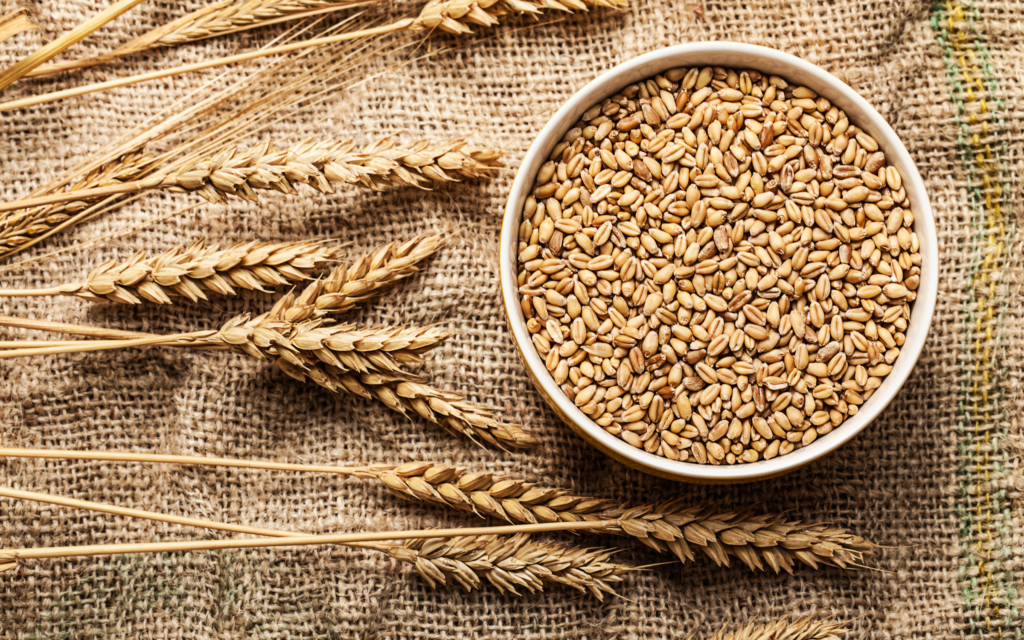
Wheat
You probably eat wheat most often in bread and pasta. Wheat foods are delicious, nutritious, satisfying and affordable.
Tips for using bread:
- If you worry about a loaf of bread molding before you finish it, just take half, wrap it tightly in plastic wrap, and put it in the freezer to use after the first half is gone.
- For stale bread, make breadcrumbs by breaking it into chunks and whizzing in the blender. Store breadcrumbs airtight in the freezer; tossed in olive oil and toasted, they make a great topper for roasted green vegetables or pasta dishes.
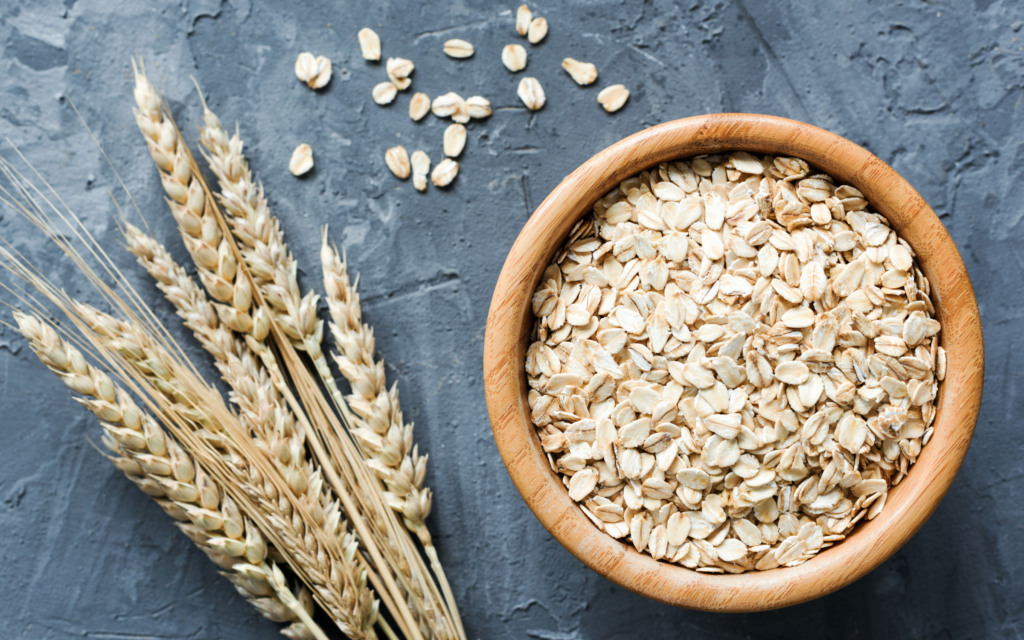
Oats
Good for heart health, oats are most associated with a warm breakfast on a cold day and love to be paired with milk and fruit.
Tips for eating more oats:
- If you’re not a “get up and make oatmeal at 6 am” kind of person, try quick, microwavable versions or overnight oat recipes.
- During more leisurely moments, you can make a batch of sweet, chewy and fiber-rich energy bites to take on the go.
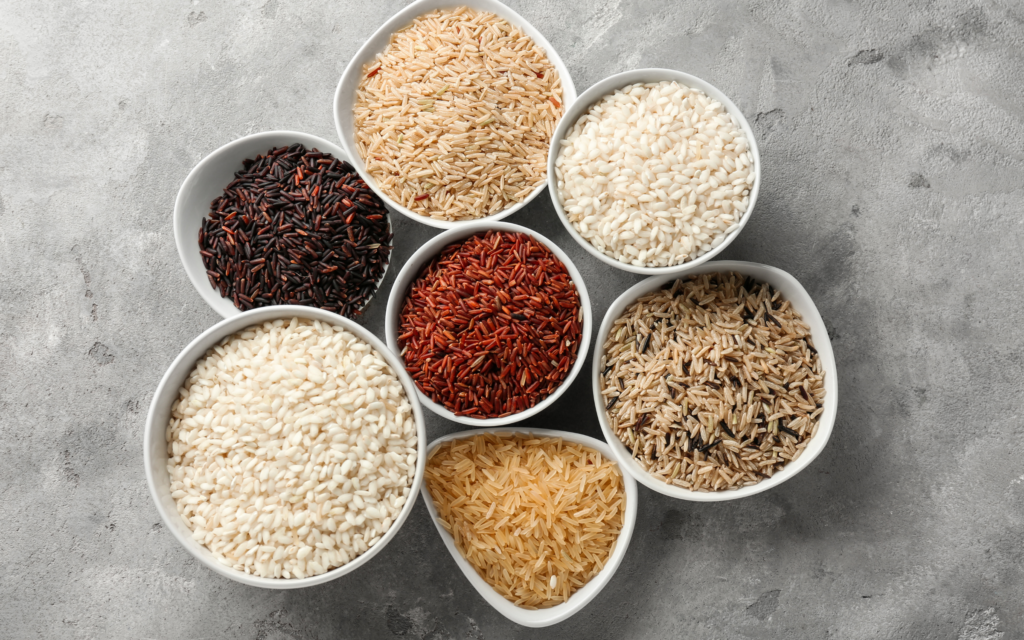
Rice
Many good cooks stock a variety of nutrient-rich rice varieties in the pantry, with different flavor profiles – like jasmine, basmati, Calrose, brown, wild and red.
Tips for leftover rice:
- Turn leftover rice into an easy fried rice dinner. Warm some mixed frozen vegetables, like peas and carrots, in a pan. Once heated, move to one side and add 1-2 eggs. Scramble until set then add your rice and soy sauce. Mix well and cook until heated through.
- If you make extra rice for dinner, try heating it for breakfast by stirring it in a pot on low-medium heat with your favorite milk, a few drops of vanilla extract, cinnamon or cardamom, and a touch of honey or sugar. Top with fresh or frozen berries or banana slices, and it feels like a special morning.
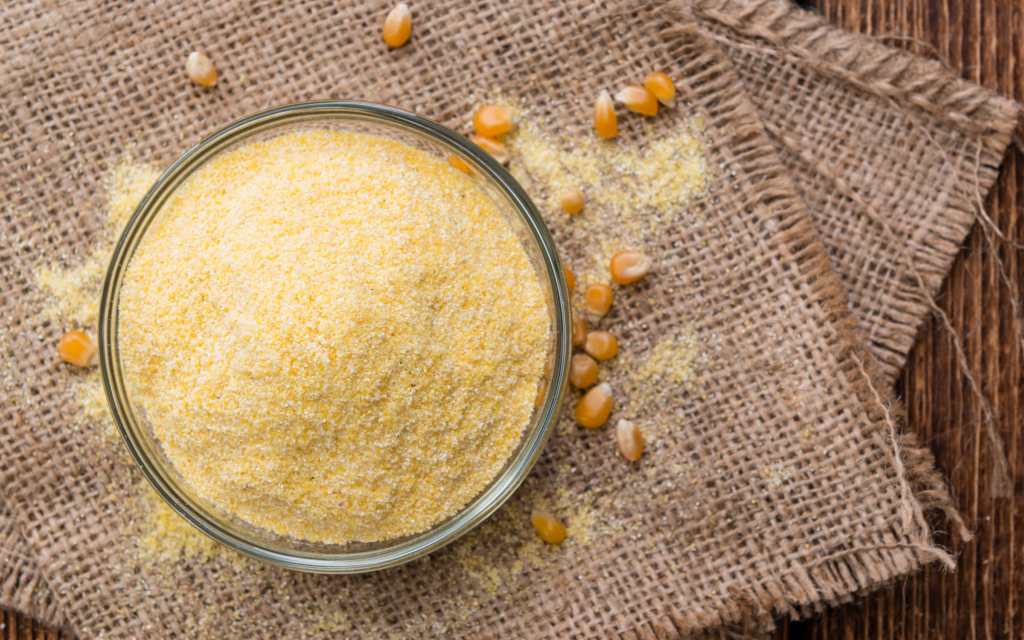
Corn
Cornbread, grits, tortillas, polenta, popcorn, cereal – corn in any form is an American favorite.
Tips for eating more corn:
- Polenta is an underrated side dish for many weeknight meals, and it’s easy to make from scratch. When you want to shake things up, try it with chili instead of cornbread; with red sauce and meatballs instead of spaghetti; or with roasted chicken and greens instead of rice or potatoes.
- Air pop your popcorn for an easy, whole grain snack! Get creative with seasoning – try a little Ranch seasoning, nutritional yeast for that cheesy flavor, or toss popcorn with nuts, dried fruit and chocolate chips for a fun trail mix.
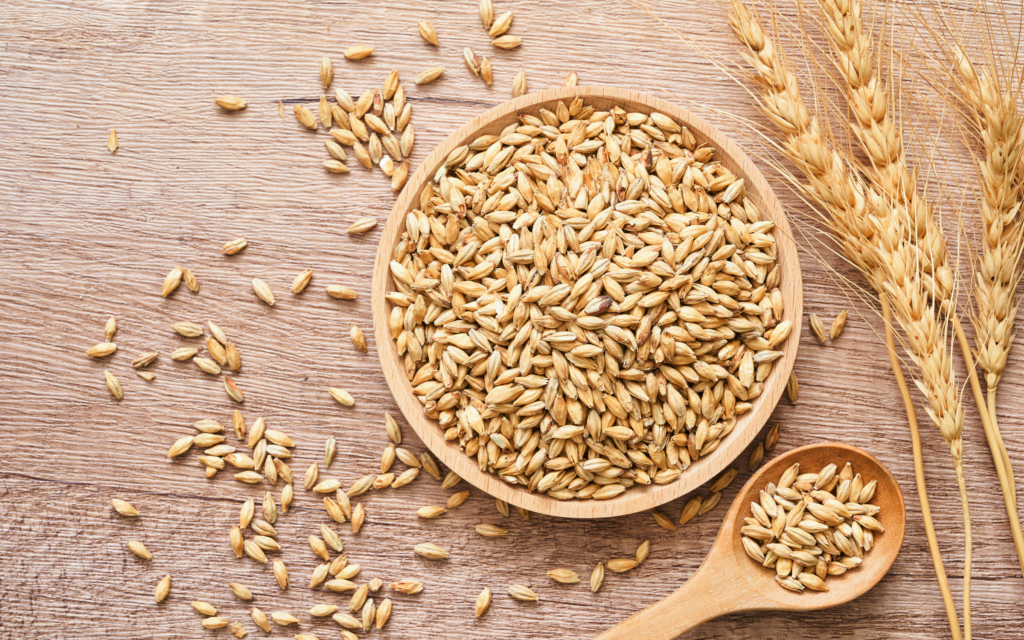
Barley
For many people, barley is a lesser-known grain, but its slightly sweet flavor, hearty texture and affordable price make it well worth trying.
Tips for adding barley:
- Add barley to a vegetable soup or chicken soup, or use it in place of rice in a mushroom pilaf.
- Cook a cup on the stovetop in chicken broth and store airtight in the fridge to make a week’s worth of green salads more substantial.
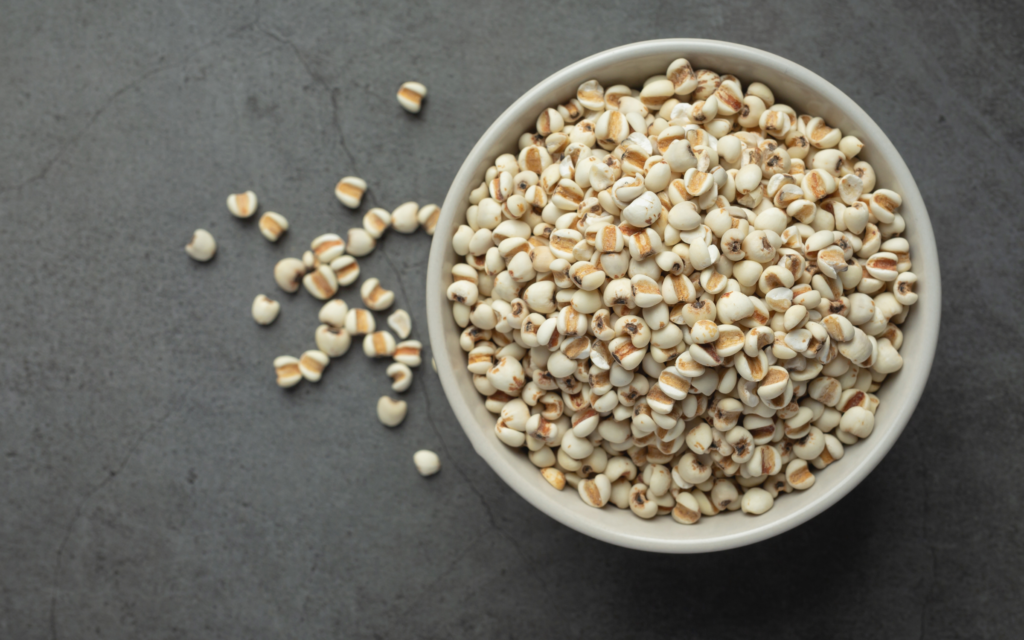
Millet
With protein, fiber and antioxidants, millet is growing in popularity here in the U.S., but it’s been grown for centuries in Asia and Africa.
Tips for using millet:
- Millet has a great crunch, so it’s satisfying in mixed protein and vegetable dishes and provides a pleasant texture in cookies.
- Cook millet in broth on the stovetop and use it along with vegetables, nuts and a touch of cheese to stuff half a winter squash, like in this adaptable recipe from The Kitchn.
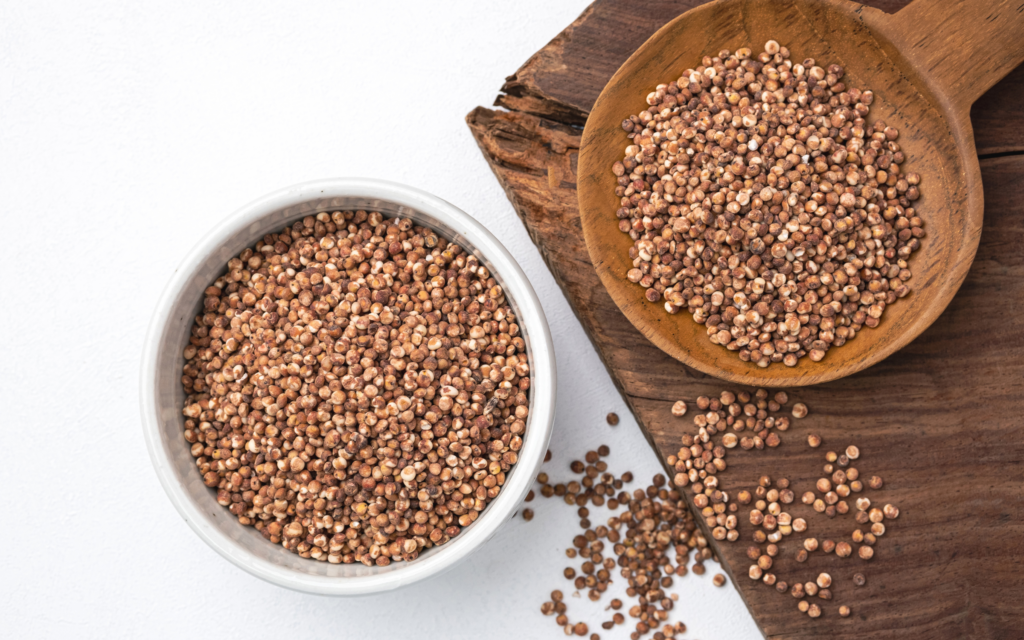
Sorghum
Like millet, sorghum is a nutty-tasting ancient grain popular in many parts of the world, but it’s underutilized in the U.S.
Tip for using sorghum:
- If you cook sorghum in lightly salted water until it’s al dente and store it airtight in the fridge, you can use it throughout the week to up your fiber intake – stir it into pancake batter, blend it into smoothies, sprinkle it into salads and more.
- Fun fact: you can pop sorghum just like popcorn! Enjoy as a healthy snack.
With so many grain foods to explore, there should be no boring dishes in your future! Which of these grains are you most interested in exploring?

